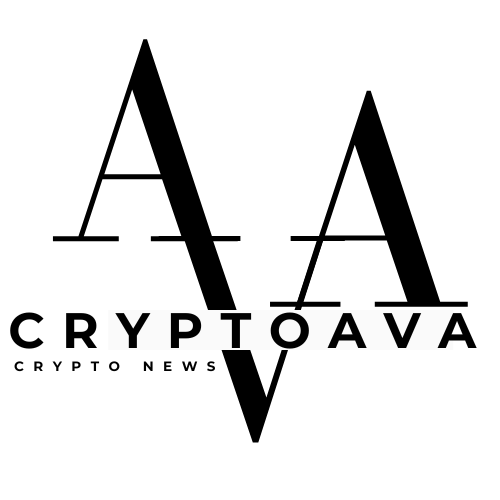Because of Kevaundray Wedderburn, Alex Stokes, Tim Beiko, Mary Maller, Alexander Hicks, George Kadianakis, Dankrad Feist, and Justin Drake for suggestions and assessment.
Ethereum goes all in on ZK. Finally we count on emigrate to utilizing ZK proofs in any respect ranges of the stack, from consensus layer signature aggregation to onchain privateness with consumer facet proving, and improve the protocol to be less complicated and extra zk-friendly. However step one can be an L1 zkEVM.
How we are able to ship an L1 zkEVM in lower than a 12 months
The quickest and most secure strategy to ship an L1 zkEVM is to start out by giving validators the choice to run shoppers that, relatively than re-executing execution payloads, statelessly confirm a number of (let’s say three) proofs generated by totally different zkVMs every proving totally different EVM implementations. As a result of proof verification is so quick and proof dimension so succinct, downloading and verifying a number of proofs could be very cheap and permits us to use the identical protection in depth as present consumer range to zkVMs.
For this plan to initially confirm execution proofs offchain, all we’d like from the protocol is a few type of pipelining in Glamsterdam to permit for extra proving time.
Initially, we count on few validators to run ZK shoppers. Over time, their safety can be demonstrated in manufacturing. With the EF additionally placing sources into formal verification, specification writing, audits, and bug bounties; we count on adoption will slowly enhance.
When a supermajority of stake is comfy working ZK shoppers, we are able to enhance the gasoline restrict to a degree that might require validators working cheap {hardware} to confirm proofs as an alternative of re-executing blocks. As soon as all validators are verifying execution proofs, the identical proofs will also be utilized by an EXECUTE precompile for native zk-rollups.
Defining realtime proving for the L1
Our biggest benefit in executing this plan is the flexibility to harness the whole zkVM business in the direction of making Ethereum by far the most important ZK software on the planet. Many zkVMs are already proving Ethereum blocks and efficiency breakthroughs are being introduced on a weekly foundation.
So as to preserve the safety, liveness, and censorship-resistance properties of the L1 the Ethereum Basis is proposing a standardized definition of realtime proving for zkVM groups to work in the direction of.
On the proof system facet, zkVMs focusing on realtime proving ought to goal for 128 bits of safety, which we contemplate the precise long-term goal for Ethereum L1. Nevertheless, we’re prepared to just accept a minimal of 100 bits of safety within the preliminary months of deployment, to accommodate short-term engineering challenges in reaching 128 bits. Proof dimension ought to stay below 300KiB and should not depend on recursive wrappers that use trusted setups. We count on proof programs to maneuver to 128-bit safety by the point ZK shoppers are in manufacturing and to additional tighten safety necessities (e.g. concerning conjectures) as proving time decreases.
With the present slot time of 12 seconds and most time to propagate knowledge throughout the community of ~1.5 seconds, realtime means 10 seconds or much less. We count on zkVMs to have the ability to show no less than 99% of mainnet blocks on this window, with the tail finish (in addition to artificial DOS vectors) mitigated in future onerous forks.
So as to preserve the best ranges of liveness and censorship resistance, our definition of realtime proving goals to allow “dwelling proving” with the concept that a few of the solo stakers who at the moment run validators from dwelling will opt-in to proving. Regardless that we count on to harden censorship resistance by enforced transaction inclusion earlier than verifying ZK proofs is made obligatory, dwelling proving is a vital closing safeguard.
Since proving within the cloud is already fairly low cost with multi-GPU spot cases, the main focus for zkVM groups focusing on realtime proving will largely be optimizing for working provers on-prem the place the specs are far more constrained. On-prem realtime proving ought to require a most capital expenditure of 100k USD (at time of writing it requires ~$80k in stake to run a validator). We count on this to return down over time even because the gasoline restrict is elevated.
Greater than {hardware} price, probably the most important constraint for dwelling proving utilizing GPUs is power utilization. Most residential properties have no less than 10kW getting into from the road and a few can have circuits supposed for electrical home equipment or charging electrical autos with 10kW capability. Due to this fact, realtime proving should be doable on {hardware} working at 10kW or much less.
This brings us to our working definition of realtime proving:
- Latency: <= 10s for P99 of mainnet blocks
- On-prem CAPEX: <= 100k USD
- On-prem energy: <= 10kW
- Code: Absolutely open supply
- Safety: >= 128 bits
- Proof dimension: <= 300KiB with no trusted setups
The race to realtime
Between now and Devconnect Argentina, we hope to see zkVM groups proceed innovating in the direction of realtime dwelling proving, and for the main zkVMs to turn out to be future core infrastructure for Ethereum.


